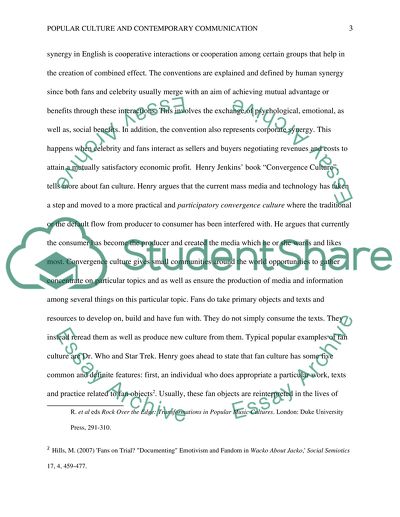Cite this document
(“Popular Culture and Contemporary Communication Essay”, n.d.)
Popular Culture and Contemporary Communication Essay. Retrieved from https://studentshare.org/visual-arts-film-studies/1452000-popular-culture-and-contemporary-communication
Popular Culture and Contemporary Communication Essay. Retrieved from https://studentshare.org/visual-arts-film-studies/1452000-popular-culture-and-contemporary-communication
(Popular Culture and Contemporary Communication Essay)
Popular Culture and Contemporary Communication Essay. https://studentshare.org/visual-arts-film-studies/1452000-popular-culture-and-contemporary-communication.
Popular Culture and Contemporary Communication Essay. https://studentshare.org/visual-arts-film-studies/1452000-popular-culture-and-contemporary-communication.
“Popular Culture and Contemporary Communication Essay”, n.d. https://studentshare.org/visual-arts-film-studies/1452000-popular-culture-and-contemporary-communication.


